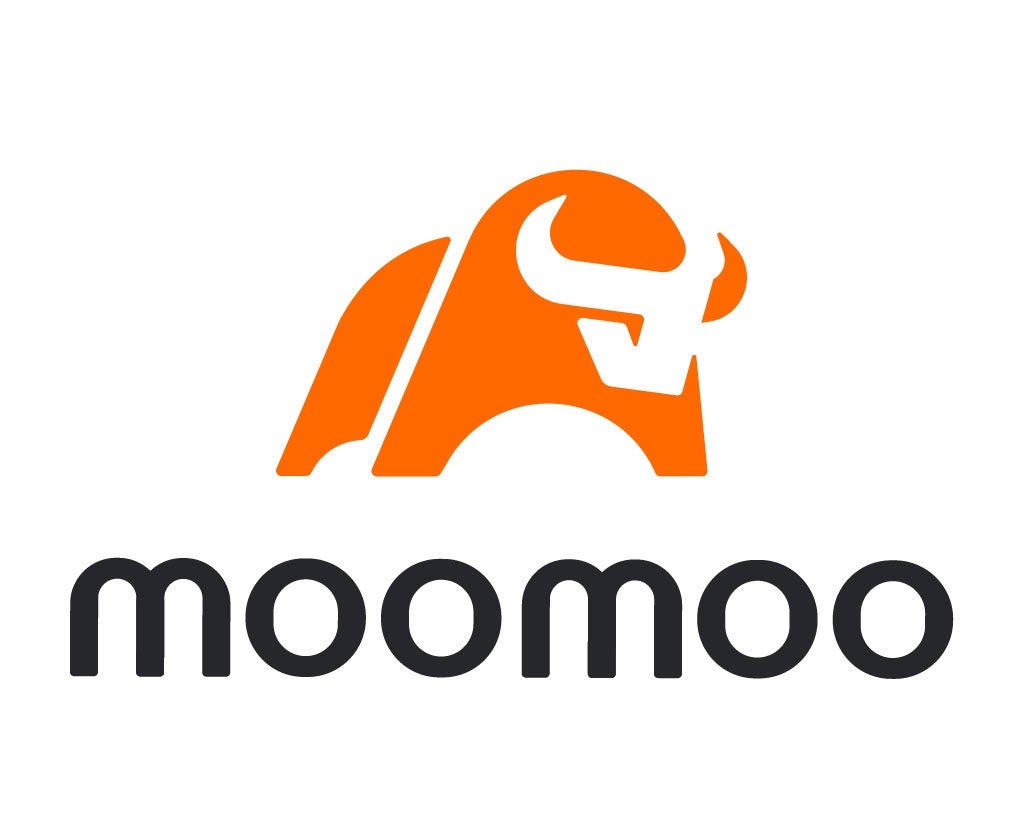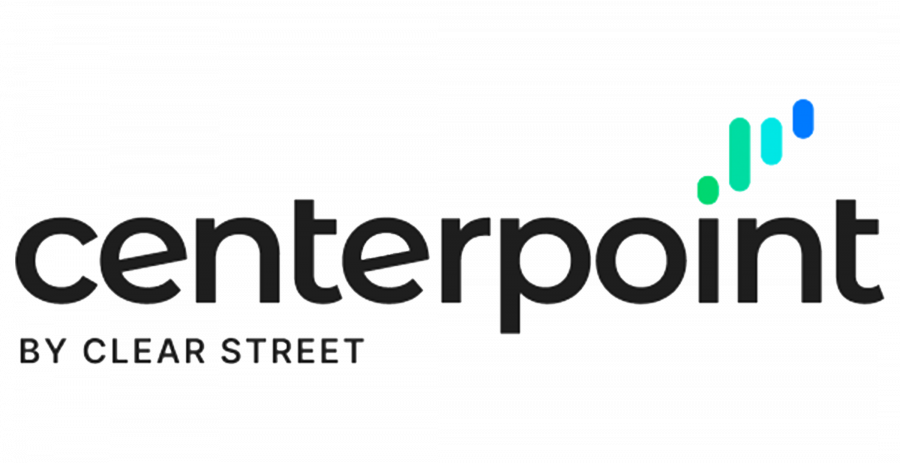The post How to Buy Rite-Aid (RAD) Stock by Jordan Schneir appeared first on Benzinga. Visit Benzinga to get more great content like this.
At the turn of the century, you might have been focused on giant crimes like the scandal that erupted from Enron’s. Do you remember Rite Aid (RAD)’s accounting scandal in the late 1990s? Essentially, senior executives at the largest drugstore company in the U.S. admitted to fraud and false filings with the SEC. The former CEO, Martin Grass, also the son of the company’s founder, was charged on 37 counts and sentenced to an eight-year prison term. Rite Aid was forced to restate earnings of $1.6 billion, the largest in U.S. history.
Table of contents
[Show]
Rite Aid at a glance
Founded in 1962, Alex Grass grew Rite Aid from a local drugstore in Scranton, Penn. It became the largest drugstore chain in the U.S. by 1995 and number two in total sales. The company’s IPO hit the AMEX in 1968 and moved to the NYSE in 1970.
Over the years, the company went through several major milestones.
- 1972: Rite Aid operated 267 stores in 10 states.
- 1983: Passed $1 billion in revenue.
- 1995: Rite Aid acquired Perry Drug stores in Michigan, the largest to date.
- 1999-2001: Shares cratered from $51.13 down to as low as $1.50 after the ensuing scandal.
- October 2015: Walgreens attempted to buy Rite Aid at $9 per share; Fred’s also purchased 865 stores.
- June 2017: Walgreens canceled the merger and purchased 2,186 stores from Rite Aid.
- February 2018: Albertsons attempted to purchase the remaining 2,600 Rite Aid stores.
- August 2018: Albertsons canceled its acquisition.
Check out Rite Aid’s Our Story for the company’s history.
History of Rite Aid stock
Rite Aid’s stock marched from its IPO in 1967 all the way to a high of $51.13 at the beginning of 1999. The scandal took shares down to $21 within three months, below $10 within one year, and down below $2 within two years. The stock struggled back to a high of $10 in 2001 but languished for most of the next decade. Eventually, shares crashed again to a low of $0.28 during the Recession.
Today shares have somewhat recovered and spiked during the last decade on acquisition deals. As the deals fell through, prices fell again below $2 a share.
If you had purchased shares at the dead lows of the recession at $0.28 per share with $100, you would have been able to ride all the way to $9 per share and a profit of $3,100 on the Walgreens buyout deal. If you held until today, you would only have seen profits of $300.



Why purchase Rite Aid stock?
Pros of purchasing Rite Aid stock:
- Many larger companies keep offering to buy Rite Aid.
- Currently trades at a price to book ratio of 0.8x vs. the S&P 500 at 3.3x.
- Rite Aid currently focused on executing a stand-alone strategy to drive growth and profitability instead of looking for a buyout.
- Store remodeling includes adding services for vision, diabetic testing as well as other add-ons.
Cons of purchasing Rite Aid stock:
- Rite Aid reported -$394m in operating cash flows over the last 12 months.
- Revenues declined during 2018.
- Days of sale outstanding continues to climb every year.
- Increasing competition in the healthcare industry.
How to Purchase Rite Aid Stock
Rite Aid’s stock trades under the ticker symbol RAD on the NYSE exchange. You can pick up shares of Rite Aid following these simple steps:
- Determine the amount you want to invest.
Decide how much you want to invest in Rite Aid based on your portfolio and risk assessment. Because Rite Aid’s prices whip around much more than large cap stocks, the amount of shares you want to purchase can change dramatically day to day.
- Choose an appropriate broker.
Rite Aid should be available for purchase through most registered brokers in the U.S. Decide which broker fits your needs based on transaction costs, service and platform.
- Purchase shares of Rite Aid.
When you’ve decided on how many shares you want to purchase and picked a broker, you will place an order to buy shares of Rite Aid.
Best Online Brokers
For more information about buying stock, check out Benzinga’s Best Online Brokerage.
Future Outlook for Rite Aid Stock
Rite Aid faces two likely futures. The first involves another player coming in and successfully purchasing Rite Aid or a majority of its business. As in the past, offers have sent shares soaring in a matter of days. However, given the inability for past deals to finish, it’s unlikely we’ll see this scenario play out.
The other option keeps the company on their current strategy. With a large number of stores in many markets, Rite Aid could realign itself to consumer trends with reasonable capital expenditure. Share prices will move higher if executives show investors they can grow revenues and profits.
Final Thoughts
Low-priced stocks like Rite Aid move quickly. Even with shares in the low single digits, shares have room to fall further. Stocks with low share prices should be looked at as a speculative holding in a portfolio.
Frequently Asked Questions
Are there any minimum investment requirements for buying Rite-Aid (RAD) stock?
The minimum investment requirement for buying Rite-Aid (RAD) stock depends on the policies set by your chosen brokerage firm. Some firms may require a certain minimum amount to open an account or to make a purchase, while others may not have any specific minimums.
Answer Link
Can I buy Rite-Aid (RAD) stock as an international investor?
Yes, international investors can buy Rite-Aid (RAD) stock. However, there might be additional requirements or restrictions imposed by the respective country’s regulations. It is important to check with your local authorities or a knowledgeable financial advisor for more information.
Answer Link
Can I sell my Rite-Aid (RAD) stock anytime?
As a shareholder, you can generally sell your Rite-Aid (RAD) stock anytime the stock market is open. The availability of buyers and sellers will determine the price at which you can sell your shares.
Answer Link
The post How to Buy Rite-Aid (RAD) Stock by Jordan Schneir appeared first on Benzinga. Visit Benzinga to get more great content like this.





